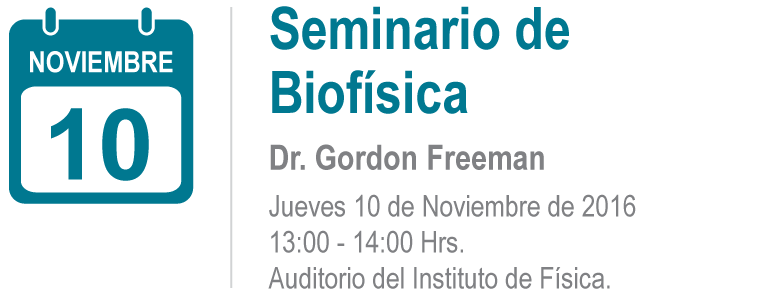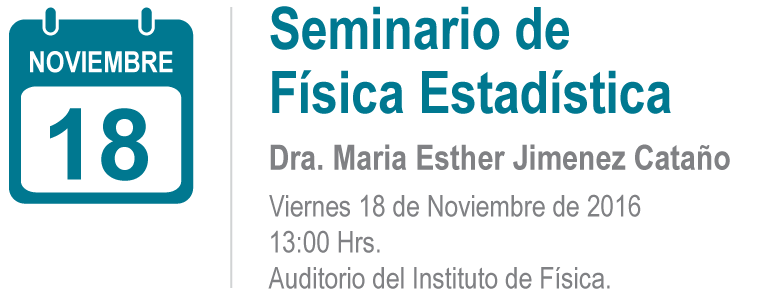
Procedencia: Facultad de medicina - UASLP
Resumen:
The presence of misfolded proteins in the brain is the hallmark of neurodegenerative diseases, which are nowadays considered systemic proteinopathies. The clinical differentiation between the main neurodegenerative diseases depends on the protein that becomes misfolded, the initiation, propagation and final distribution of its aggregation and inclusion bodies. Alzheimer disease (AD) comprises Tau and β-amyloid proteinopathies, while Parkinson disease (PD) is defined as a synucleinopathy, although there is considerable overlap of misfolded proteins among neurodegeneratives diseases. Those proteins could have systemic expression and might be found in several tissues including the skin. Light and confocal microscopy were employed to demonstrate by immunohistochemistry the presence of phosphorylated Tau (p-Tau) and of α-Synuclein (ASyn) in skin biopsies of patients with AD and PD. The presence of the proteins was confirmed through Western blots. Antibodies against p-Tau (PHF, phosphorylated at S296 and AT8, phosphorylated at S202) and ASyn were assayed in biopsied tissue from the retro-auricular area in patients with AD and PD. These antibodies were first tested in autopsied brain tissue from confirmed AD and PD cases. Both anti-tau antibodies reacted positively with cortical and hippocampal neurofibrillary tangles and the anti-ASyn antibody with Lewy bodies in the mesencephalon. AD patients were compared with healthy subjects and patients with non-degenerative dementia (NND). PD patients were also compared with healthy subjects and with progressive supranuclear palsy (PSP) patients, who present a parkinsonism that is clinically difficult to distinguish from PD. In the skin, PHF immunopositivity was present along the different cell types conforming the epidermis, dermis, pilosebaceous unit, eccrine glands and in all peripheral nerve terminals, both in healthy individuals and in all groups of patients. By contrast, healthy subjects and NDD patients showed minimal staining using AT8 and α-syn antibodies. The PD group showed significantly higher α-syn and AT8 immunopositivity, while the AD and PSP groups only expressed higher AT8 immunopositivity than healthy controls and NDD patients. Ongoing studies using qPCR confirm the expression of mRNA of Tau in epidermis cells as well as in oral mucosa cells. In conclusion, skin biopsies could support the clinical diagnosis of neurodegenerative diseases.
- Detalles
- Categoría: Histórico
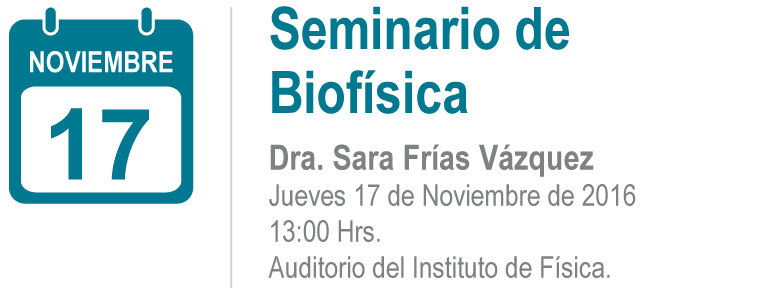
Procedencia: Instituto nacional de pediatria
Resumen:
La anemia de Fanconi (AF) es un síndrome de inestabilidad cromosómica y la causa más común de falla medular hereditaria. Clínicamente se caracteriza por presentar a) malformaciones congénitas b) Falla medular que conduce a pancitopenia y c) riesgo muy elevado de desarrollar cáncer como síndrome mielodisplásico (SMD) y leucemia mieloide aguda (LMA). El defecto básico es una falla en la reparación del DNA, específicamente, la vía FA/BRCA repara los enlaces covalentes cruzados (ICLs) en el DNA, un tipo de lesión que es altamente letal. A nivel celular presenta inestabilidad genómica espontánea e hipersensibilidad a agentes inductores de ICLs, como la mitomicina C; esta característica se utiliza para realizar el diagnóstico.
El funcionamiento correcto de la vía FA/BRCA es indispensable para mantener el equilibrio entre la muerte y la supervivencia celular. Para estudiar este proceso, hemos recurrido a la biología de sistemas y a la búsqueda de mecanismos poco invasivos de obtención y estudio de células troncales hematopoyéticas. Actualmente, hemos generado 3 modelos Booleanos computacionales sobre el proceso de decisión entre supervivencia y muerte, incorporando a la vía de reparación FA/BRCA, el checkpoint, el checkpoint recovery y la apoptosis. Con estos modelos estudiamos in silico el destino de las células AF cuando existe daño en su DNA y observamos que los componentes del checkpoint recovery, como la fosfatasa WIP1, son indispensables para que las células AF se adapten al daño genómico sub-letal en células troncales hematopoyéticas AF.
- Detalles
- Categoría: Histórico
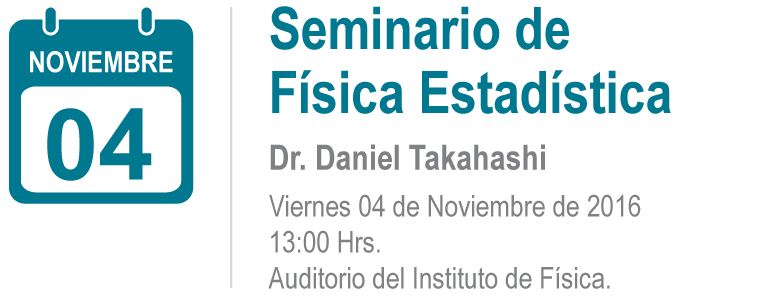
Procedencia: Princeton University
Resumen:
Much of human social interaction is mediated through conversation.
These are speech exchanges between two individuals where smooth turn-
taking occurs with no formal or explicit rules. Given its central
importance in social interactions, it is natural to ask how turn-taking
evolved and what might be its neural basis. To investigate these
questions, we are using marmoset monkeys as a model system. Marmosets are
a highly vocal primate species that often exchange vocalizations with
conspecifics to maintain social contact. We show that marmosets, like
humans, take turns during natural dyadic vocal exchanges and that the
timing of exchanges is periodically coupled. This suggests that an
oscillatory mechanism is responsible for the dynamics of turn-taking.
Consistent with this idea, we show that marmosets entrain the timing of
their vocal output during vocal exchanges, whereby faster (or slower)
response intervals from one marmoset lead to faster (or slower) response
intervals from the other marmoset. To explain these results, we built a
stochastic dynamic systems model of two interacting oscillators. The model
is based on the interactions among four neural structures [UTF-8?](â
driveâ, [UTF-8?]âmotorâ and two [UTF-8?]âauditoryâ nodes) with
connectivity inspired by published physiological and anatomical data. We
validate our model showing that it generates turn-taking dynamics nearly
identical to that seen in natural marmoset vocal exchanges. We then use
our model to predict that a self-monitoring mechanism is crucial for the
correct timing of the vocal turn-taking.
- Detalles
- Categoría: Histórico
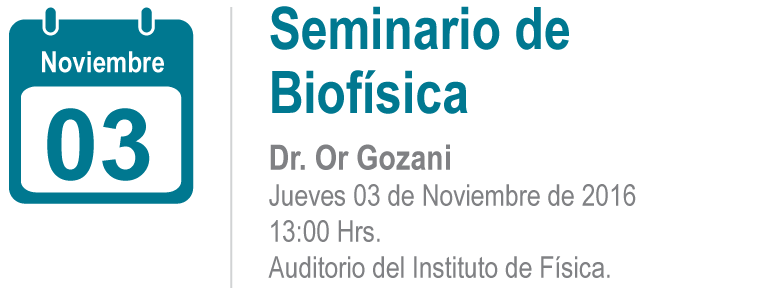
Procedencia: Stanford University
Resumen:
The main focus of the Gozani laboratory is to understand the molecular mechanisms by which protein lysine methylation regulates chromatin biology, epigenetics, and cellular signaling, and how disruption in these mechanisms contribute to cancer and other diseases. We study how lysine methylation events on histone and non-histone proteins are generated, sensed, and transduced, and how these chemical marks integrate with other modification and cellular signaling networks to govern diverse functions. We previously identified the PHD finger and the BAH domain as methyl lysine-binding “reader” domains and provided evidence that disrupting the read-out of histone modifications cause inherited human diseases. Current research efforts are aimed at discovery and characterization of new methyl-sensitive reader domains functioning in both chromatin and non-chromatin pathways. Another major focus of the lab is to develop and apply proteomic strategies to uncover the catalytic and biological functions of the many orphan or poorly characterized protein lysine methyltransferases present in the human genome. I will discuss our most recent work in these areas with a focus on enzymes implicated in tumorigenesis.
- Detalles
- Categoría: Histórico
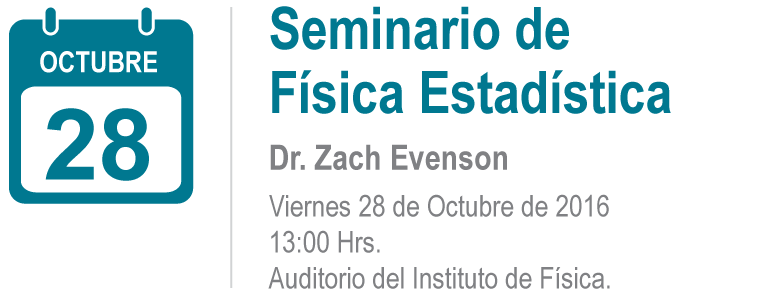
Procedencia: Technische Universität München
Resumen:
How do metallic glasses form out of viscous melts and what dictates their
stability in the glassy state? The freezing of a metallic melt into a bulk
glassy alloy is accompanied by a dramatic slowing down of the atomic dynamics.
At high temperatures, packing effects and chemical short-range order govern
the transport of atoms and can greatly enhance the glass-forming ability. We
probe structural relaxation in these complex liquid alloys on picosecond time
scales using quasi-elastic neutron scattering. I will discuss our recent
progress in this area, specifically on the time-of-fight spectrometer TOFTOF
at the MLZ in Garching. Additionally, in combination with state-of-the art
container-less processing techniques, such as electrostatic levitation, we
gain unprecedented access to the dynamics of viscous metallic liquids directly
on the microscopic level.
During cooling, the structural relaxation processes slow down over some 14
orders of magnitude, marking the dynamic precursor to structural arrest and
vitrification. In the glassy state, tracking the ultra-slow dynamics on the
atomic length scale is made possible by using the technique of x-ray photon
correlation spectroscopy, available only at third-generation synchrotron
sources such as the ESRF in Grenoble. I will present our recent contributions
to this field, focusing on the first direct reported experimental observations
of intermittent atomic motion in a metallic glass. This suggests a very
complex microscopic mechanism of aging, which has not been accounted for in
any previous theoretical and experimental studies and calls for a frank
re-evaluation of how we envision structural relaxation in metallic glasses.
- Detalles
- Categoría: Histórico

Procedencia: IPN
Resumen:
Trichomonas vaginalis es el parásito protozoario causante de la enfermedad de transmisión sexual, de origen no viral, más común a nivel mundial. Actualmente, el principal tratamiento contra esta enfermedad es el metronidazol y algunos otros derivados de los nitroimidazoles. Sin embargo del cinco al 20 % de los casos clínicos tratados con metronidazol o sus derivados, no se resuelven con este medicamento, mostrando el desarrollo de resistencia de los parásitos a estos fármacos. Esto demuestra la necesidad del desarrollo de nuevos alternativas terapéuticas contra esta infección. Aquí se presenta el desarrollo de nuevos fármacos contra la tricomoniasis usando una combinación de técnicas in silico e in vitro. La diana terapéutica es una enzima clave en el metabolismo central y en el proceso de patogénesis de Trichomonas vaginalis. La información acerca de la expresión y localización en el parásito, de la estructura cristalográfica, el mecanismo de plegamiento y la estabilidad, así como los parámetros catalíticos de la diana terapéutica, han sido utilizados para identificar posibles sitios de unión a compuestos de una quimioteca virtual. Se realizó una simulación de la interacción entre 100 millones de estructuras tridimensionales de fármacos potenciales con la diana terapéutica. Dos compuestos, denominados A4 y D4, demostraron disminuir la replicación y la viabilidad de cultivos in vitro de T. vaginalis, sin afectar a las células humanas. Además, se analizó el potencial mutagénico, carcinogénico y citotóxico de A4 y D4 mediante pruebas estándares que solicitan agencias internacionales de control de nuevos medicamentos, mostrando que son seguros para su uso en humanos. Este conjunto de compuestos representan avances importantes para el desarrollo de nuevas estrategias terapéuticas contra la tricomoniasis. Actualmente, se ha solicitado el registro de tres patentes nacionales y vía el Tratado de Cooperación en materia de Patentes (internacionales).
- Detalles
- Categoría: Histórico
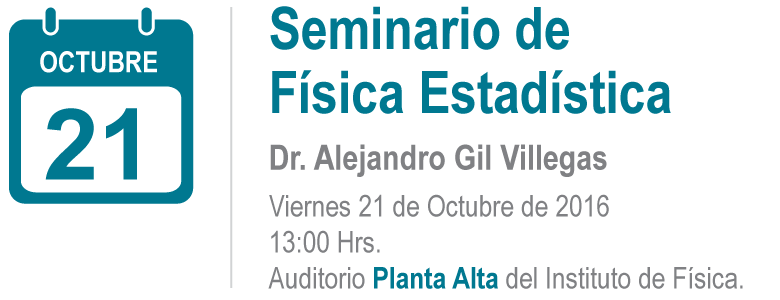
Procedencia: UG
Resumen:
En esta plática se presentarán avances en el uso de la Termodinámica Molecular para la predicción de diagramas de fases de sistemas de interés energético, como asfaltenos, biodiesel e hidrógeno. En particular se discutirán extensiones realizadas a la teoría SAFT (por sus siglas en inglés Statistical Associating Fluid Theory) para describir adsorción, efectos de confinamiento y correcciones cuánticas. En este último caso se revisarán métodos semiclásicos fundamentados en el isomorfismo exacto entre integrales de camino y la física estadística clásica de moléculas cadena, la cual permite ser implementada no sólo en estudios de simulación molecular sino en SAFT.
- Detalles
- Categoría: Histórico
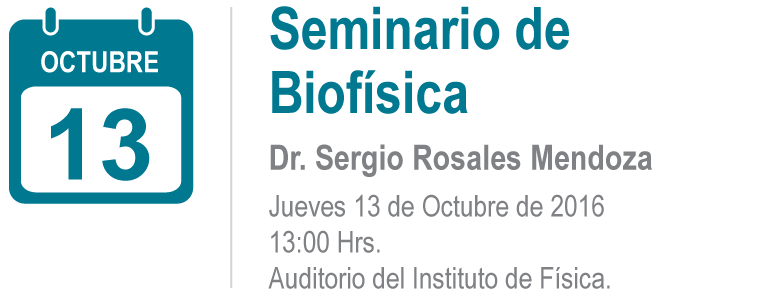
Adscripción: Facultad de Ciencias Químicas, UASLP
Resumen:
Las células vegetales son hospederos atractivos para la producción y entrega
de antígenos por la vía oral, por lo que se han empleado para generar
prototipos de vacunas orales de bajo costo. En la plática se describirán las
ventajas de estos sistemas, así como los prototipos de vacunas que se han
desarrollado en el grupo de biofarmacéuticos recombinantes de la Facultad de
Ciencias Químicas. Las patologías de interés abarcan patógenos virales (HIV y
Virus del Ébola), así como enfermedades no transmisibles (aterosclerosis y
Parkinson).
- Detalles
- Categoría: Histórico
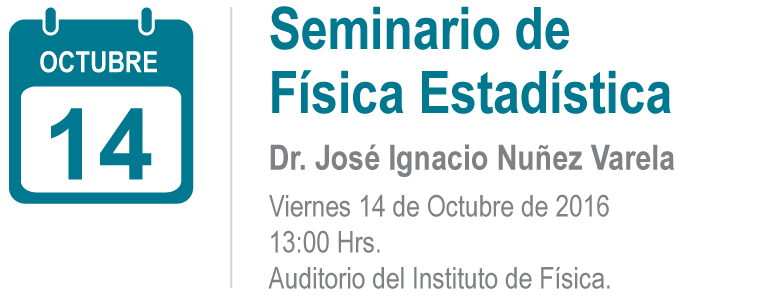
Procedencia: Facultad de Ing, UASLP
Resumen:
If one day we expect to have robots working cooperatively with us and with other robots, in different environments (such as our homes, offices, industries, etc.), then robots must be able to handle the inherent uncertainty existing in our world correctly. In the past years there has been good advances in terms of algorithms and techniques that handle part of that uncertainty. In this talk I will explain why uncertainty could be the most important challenge faced by robotics and how it is possible to handle it. I will also present some of the projects in which we are currently working and how they can benefit our society.
- Detalles
- Categoría: Histórico
